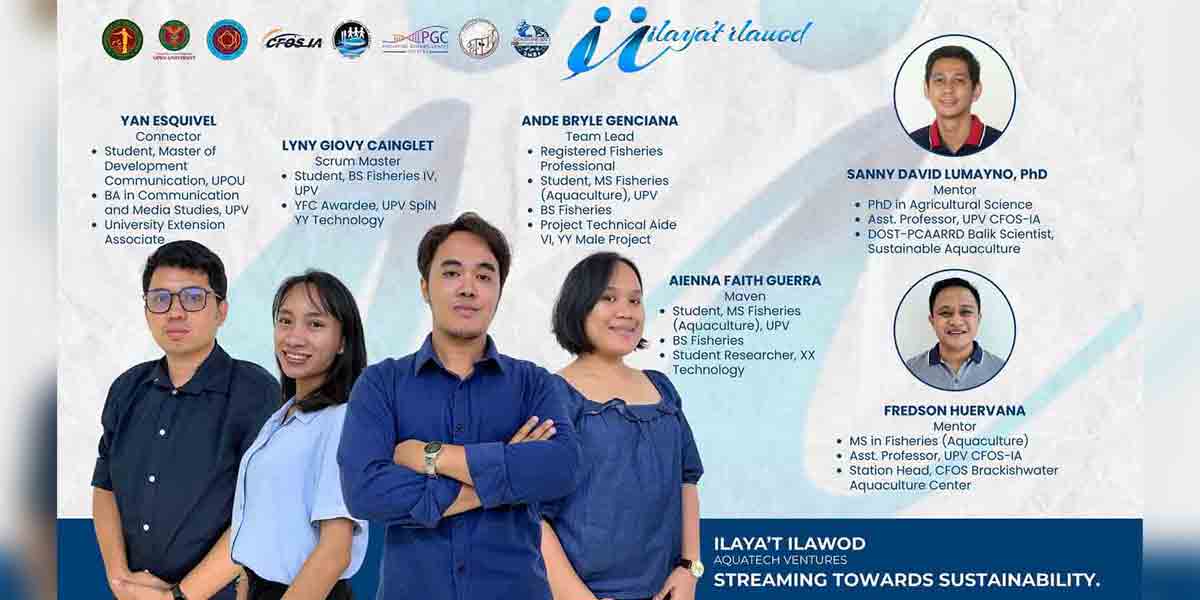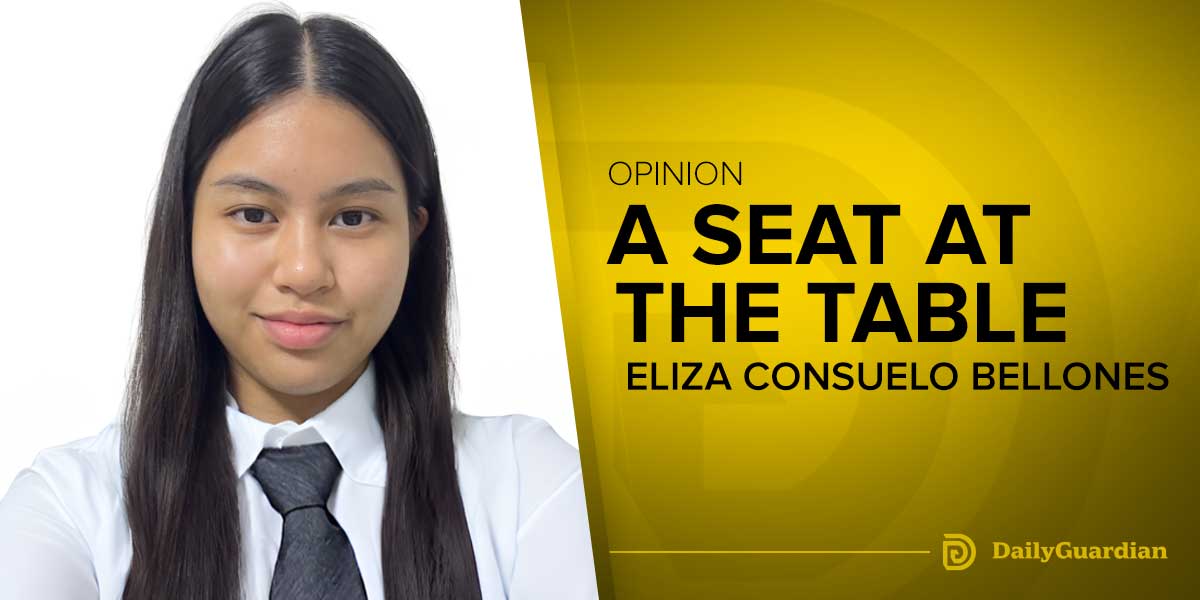By Federica Russo
Meet Lea. She is an undergraduate student enrolled in a bachelor’s program at the local university of the city where she lives. It’s September 6, 2035, and she is getting ready for her first day of her new life as a business and management student.
Her first class will commence at 9:30am. After breakfast, it is time to go. However, instead of leaving her apartment and saying goodbye to her roommates, Lea moves to her desk. There, she opens her laptop and she logs in into her personal account, navigating a platform provided and managed by the university.
Inside the platform, Lea sees a number of different courses in the portfolio she has created according to her own interests and career aspirations. Human Resource Management (HRM), International Business, Organizational Design and Behavior, Big Data Analytics, but even Creative Thinking, Team Building, and a course covering Emotional and Social Intelligence. The set curricula that higher institutions used to offer have been replaced by a flexible alternative that is built by the learner and for the learner.
It’s 9:10am, and Lea is supposed to start her class soon. She must select one of those courses. Today, she decides to start with the lesson of HRM. Her professor is an influencer in this area, with a vast experience in the corporate setting and in some of the most famous universities in the world. He is based in the UK, far away from where Lea lives, but she can get access to the his pre-recorded lessons trough high-quality videos and graphics.
Once the first class ends, Lea is matched with recommended e-books according to the topics she has been covering during the lesson and a link to buy them; she can visualize upcoming events organized on-campus and online by the university, and opt to book a seat; she is presented with tests to practice her knowledge, the result of which will be analyzed to better tailor the learning journey on the basis of her needs.
In a chatbox instead, she has the option to directly book a slot to talk with her professor, asking for further clarifications and sharing thoughts.
There is one more section that Lea finds particularly interesting. This shows the names of fellows students, an option to message them, and an area which explains how to perform class activities together. The activities are based on innovative gamification techniques, which allow students to form smaller groups, to communicate and collaborate with each other.
They can create and manage their own company in the meteverse throughout the first semester, where everyone will have the chance to play a role and to apply what learned. Professors can even “visit” their students’ companies, simulating strategic issues to challenge teams and to test a number of their different skills – from problem solving and critical thinking skills, to their ability to work together.
While Lea’s day seems far from what many would like to imagine when thinking about higher education, in a few years from now it could become the new normal and not just what happens, to different extent and degrees, into some specific innovative places.
Choosing courses like we choose TV shows on Netflix, accessing knowledge of professors and subject matter experts no matter where we are, and collaborating with students across different geographies using gamification techniques – these are only some examples which demonstrate how digital transformation changes the face of higher education day by day.
Smart classrooms and smart campuses will continue to be powered by the use of artificial intelligence and machine learning, Internet of Things (IoT), cloud services, virtual reality (VR) and augumented reality (AR), and blockchain.
Some among the most traditionalists could argue that nothing can replace the value of interactions and lessons delivered in campuses, where the experience itself of being there, under the shadow of fascinating buildings, face to face with other people becomes an essential part of the journey that a new undergrad student should enjoy.
That is, indeed, undeniable but times have changed, and with them the demand and the expectations of a generation of new learners, who want to leverage technologies to get flexible learning experiences able to be tailored on their profile and adaptable to the dynamics that shape the environment.
In Malaysia, while the Asia Pacific University of Innovation and Technology is studying the “examination of the future” getting inspired by Amazon Go, the University of Malaysia wants to support the construction of a cashless campus.
In Singapore, the NUS Yong Loo Lin School of Medicine already uses virtual reality in a digital gamified environment to train students in operating procedures. Even the Nanyang Technological University has opted for virtual and augumented reality to conduct optometry modules and simulation, as well as inside labs.
In Taiwan, the Asia University’s College of Nursing is using immersive simulation while also developing innovative learning materials for students. Similarly, in Thailand, the Chiang Mai University is adopting technologies to identify new teaching methodologies.
Still in Thailand, Thammasat University announced this week that its future students will be able to study inside the metaverse campus, which will leverage the T-Verse platform to connect the university’s students with people around the world.
This doesn’t mean relying exclusively on technology inside universities, but rather focusing on providing in-person services in some areas – such as career advancement, students’ engagement and relationships – where the human touch is essential to guide and to support the student during and after the study path.
People are at the core of a successful digital transformation strategy which moves beyond a reactive one that responds to a crisis to become, instead, a long-term vision.
The Covid-19 crisis has imposed institutions to move online, but it has only accelerated a trend that, sooner or later, would have impacted the educational sector with such prepotence.
Before the outbreak of the pandemic, in September 2019, Microsoft Asia and IDC Asia Pacific shared some important findings in the context of the Asia Summit on Education and Skills. They conducted a study on the use of AI in the region’s education sector, showing that three out four education leaders agreed on the relevance of artifical intelligence to boost the sector’s competitiveness.
Nonetheless, by that time, only 32% of the education institutions interviewed appeared to have implemented an AI strategy. But the urgency to change is more prominent than ever.
A recent survey conducted by the software company D2L on 4,830 higher education institutions in 2021 confirmed that the pandemic had an impact on the attitude toward digital transformation in the Asia-Pacific educational sector, boosting the awareness around the need of acting now.
The topic was even the driver behind the discussion of university and edtech leaders held this week, from May 31 to June 2, at the Fujita Health University in Nagoya, Japan, where the Times Higher Education’s Asia Universities Summit 2022 is taking place to examine the role of higher-education institutions in a world that changes rapidly.
Today, the question is not if universities will reinvent themselves, but rather when and how they will act, because the future of higher education is now.
Federica Russo is director of research at Wikistrat, a consulting firm helping Fortune 500 corporations, governments, universities and non-profit organizations to brainstorm solutions and obtain an in-depth understanding of their landscape by using a crowdsourcing approach. She






















